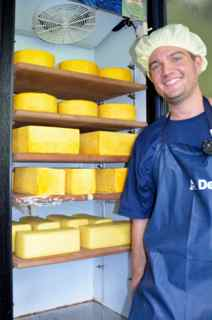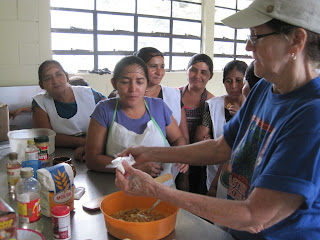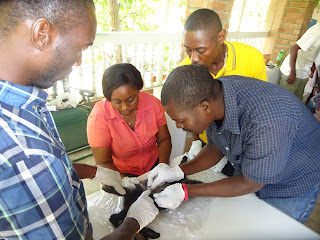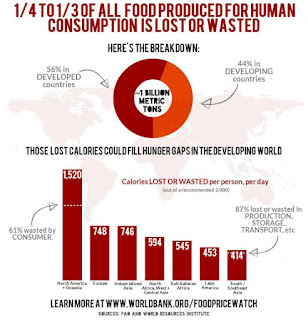Posts from the Field: Dean Wheeler, Colombia

Written by F2F volunteer Dean Wheeler My assignment was to collect relevant information on coffee and cacao diversification products, and to present this information in sessions organized by SENA. All activities in-country were organized by SENA, the National Learning Service, of Colombia. Everyone in SENA was extremely helpful, and made my stay very enjoyable. During the two weeks of this assignment, I presented information on present and future products which can be made from coffee and or cacao. There were four presentations to students, administrators, agronomists, and agroindustrial personnel. The number and type of questions asked indicated that the level of interest in this subject was high. As I have considerable experience in pineapple production, I was also asked to visit two pineapple plantings, and offered advice and information on this subject. In Colombia, the Food and Agriculture Organization (FAO) predicts an increase in demand in food production, calling






